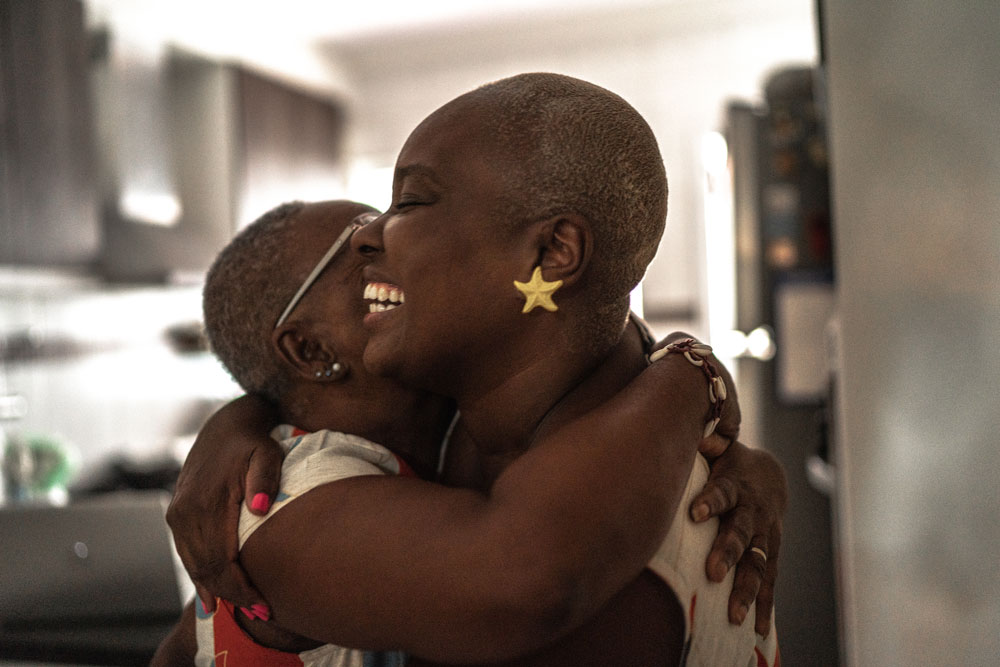Mitigating FSP talent shortfalls through development
Clinical research is in the midst of a serious talent shortage — a challenge the industry can expect to face for the next several years. Some experts predict the global labor crunch will last at least into 2030, when most baby boomers will have left the market, but younger workers won’t yet be prepared to step into vacated roles.
During the shortage, the clinical research community has continued to champion innovation and acceleration, creating opportunities by adopting new methods and technologies. These gains are good news — but they have also exacerbated talent shortfalls as drug development has expanded into new regions, relying on the market to provide employees with skills that match changing needs.
Shortages have been particularly noticeable within FSP, a model that offers incredible resource flexibility to our customers but that often requires us to staff up quickly. In the past, with plenty of willing candidates, continual hiring seemed like the best way to keep rosters full. But as we build current FSP teams, Parexel is moving away from an acquisition-only approach. In order to meet our partners’ fluctuating and often urgent staff needs, we’ve expanded our strategy. Now, in addition to hiring, we’re also focused on training new workers and on upskilling the staff members we already have.
Training the workforce the industry needs
It’s time to think differently about how we as an industry recruit and nurture talent. At Parexel, we’re creating programs for every kind of employee: recent graduates, growth-minded current staff members, and workers from other industries who are ready to change careers. By fostering talent at all levels, we’re able to meet critical staffing needs on behalf of our customers, emerging from this labor shortage with a workforce that’s more skilled than ever.
First, we’re working with research-naïve candidates. This includes recent college graduates and workers from outside fields who want to move into clinical research. If the industry wants staff with direct experience, drug developers and CROs must provide those opportunities.
Recently, Parexel piloted an FSP program that initially called for only senior statistical programmers. At our recommendation, however, our customer agreed to use fewer senior staff and added junior programmers to their mix. We created a process through which senior programmers carefully managed and mentored their early-career colleagues. As a result, we were able to staff the pilot more quickly than if we had only hired highly experienced people, who are more difficult to find. We were also able to give junior employees hands-on learning opportunities, developing a new wave of professionals and strengthening retention rates. The next time this customer needs senior programmers, those employees might come from the group that we trained during this project.
We’re also helping experienced clinical research professionals develop new skills. An employee can’t succeed if he or she is promoted but doesn’t receive focused training for the new role. Through targeted development efforts, employees can be upskilled and cross-trained to specialize in a particular area or move into a new function. When one customer asked for seasoned oncology CRAs, Parexel identified high-performing CRAs who were interested in specializing. Then we created a program through Parexel Academy that delved into training for oncology-study monitoring. Participants, who already had many of the skills necessary for success, learned oncology-specific skills so they could serve patients in a new way.
And to help both new and experienced employees grow, we’re creating career ladders — mapping job roles and competencies and showing how skills can be valuable in multiple areas. By offering these individualized plans, an organization demonstrates its commitment to employees’ professional journeys. Ladders also introduce employees to opportunities they weren’t aware of or hadn’t considered for themselves. So, if a statistical programmer realizes she wants to become a biostatistician, her personalized ladder shows which of her skills will be relevant to the new role and highlights areas in which she should pursue advanced training.
What are the benefits of talent development?
Expanding the pool of candidates. When we train our own employees, we’re no longer looking for the ideal candidate who meets every qualification. Instead, we can hire more candidates with exceptional promise, teaching them to be the kind of employees we need.
Differentiation. During interviews, candidates are asking right away about internal talent development opportunities. In clinical research, role-based salaries are comparable among most organizations. A strong commitment to employee development is one way for a company to distinguish itself.
Continuity across the labor force. The FSP partnership is a go-to staffing model for drug developers, allowing organizations to take advantage of outside expertise and flexible resourcing. Knowledge gaps can occur, however, if internal and outsourced staff receive different training or if drug developers work with multiple CROs that train their staff in different ways. But, through Parexel Academy, we can prevent this kind of fragmentation with programs customized for our customers. When we bring internal and CRO staff together through a program like this, we teach them the customer’s processes and systems. Such programs also encourage camaraderie and ensure that every team member is working from the same culture and base of knowledge. Just as significantly, career development creates loyalty within an organization — so by investing in employees, we also improve employee retention rates.
Cost-favorable outcomes. True, there are costs associated with talent development. But talent acquisition also has costs, and those costs are growing as salaries rise and staff turnover continues. By training the talent our industry needs, we can mitigate shortages, minimize turnover, foster loyalty, build skills, retain institutional knowledge — and do it all in a cost-favorable way. Some of those intangible benefits, of course, are difficult to measure. But in Parexel development programs, we recoup our investment in as few as 12 months. And in the second, third, and following years, our customers and our team members continue to benefit.
How can employers encourage professional growth?
Culture is key here. When you create an environment that values growth, people feel safe and supported as they take on new challenges. So, at Parexel, we match research-naïve employees with dedicated line managers who can guide and coach them. We pair employees who are upskilling with peer mentors to work alongside them. We give trainees specific feedback and help them build confidence.
And we know that training isn’t just for study staff. We invest in development for management teams as well, teaching them how to identify and cultivate talent.
Could your organization use support as you expand training opportunities? You don’t need to go it alone. CRO partners like Parexel can function as an extension of your organization, creating education programs that focus on the skills and standards that are most important to you. Our customer-specific programs ensure that internal and outsourced FSP staff work from shared knowledge, which creates continuity, boosts morale, and contributes to improved performance.
We recognize that talent development isn’t an immediate fix for labor shortages. But it is one part of the solution — and if our industry delays implementation, the payoffs will also be delayed. By building talent development pipelines into studies during protocol development, drug developers and their partners can give themselves enough time to train necessary staff prior to study launch.
Today’s candidates want to work not for a company but with a company. Employees want to be partners in bringing critical medicines to patients who need them. One aspect of that partnership is professional development. When employees feel supported and valued, they give their best — to our organizations and to our shared mission.






